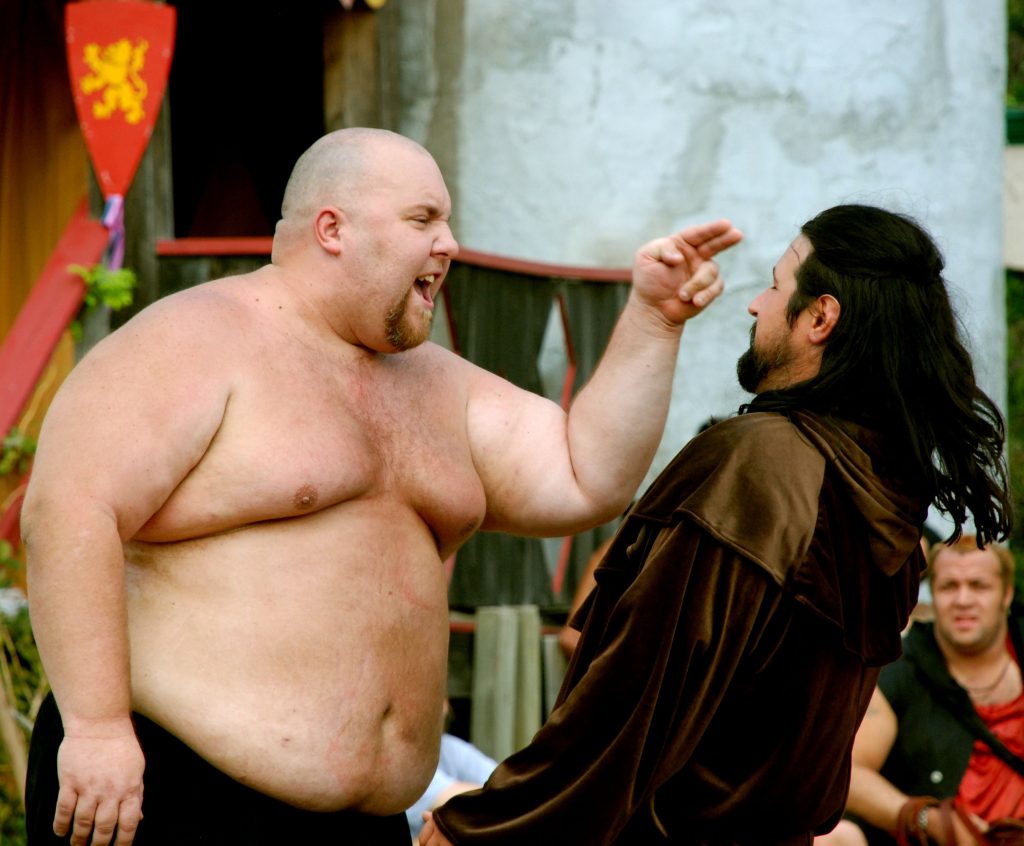 We all try our best to avoid trouble, but sometimes fights happen. It may be best to avoid a brawl if you see one occurring. However, when you see your friend in a bind, human nature kicks in, and before you know it, you’re in an altercation that you never signed up for. If you are injured in a fight, proceed carefully when suing the party that caused your injuries. Ryan Martinez learned this lesson the hard way following the Louisiana First Circuit Court of Appeal ruling in the following case.
We all try our best to avoid trouble, but sometimes fights happen. It may be best to avoid a brawl if you see one occurring. However, when you see your friend in a bind, human nature kicks in, and before you know it, you’re in an altercation that you never signed up for. If you are injured in a fight, proceed carefully when suing the party that caused your injuries. Ryan Martinez learned this lesson the hard way following the Louisiana First Circuit Court of Appeal ruling in the following case.
Martinez intervened in an altercation between his friend and the defendant, Trevor Wilson, at Chevy’s nightclub in Hammond. (“Chevy’s). During the fight, Wilson allegedly attacked Martinez, and Martinez stated that the strike resulted in a mandible fracture. Martinez, after that, sued to recover damages, listing Wilson, Chevy, and their insurers as defendants and asserting Wilson’s liability for battery. The trial court entered a preliminary default against Wilson, as he was absent from court and had not filed a response to the petition.
Two years later, the trial court conducted a hearing to confirm the default judgment. Although Wilson did not appear at the hearing, Martinez submitted various items as evidence, such as a smoothie receipt and various uncertified medical records. As a result, the trial court signed the judgment finding Martinez entitled to collect $110,128.66 in personal injury damages and medical expenses from Wilson. Wilson promptly appealed the trial court’s decision awarding Martinez the previously noted damages.
 Louisiana Personal Injury Lawyer Blog
Louisiana Personal Injury Lawyer Blog


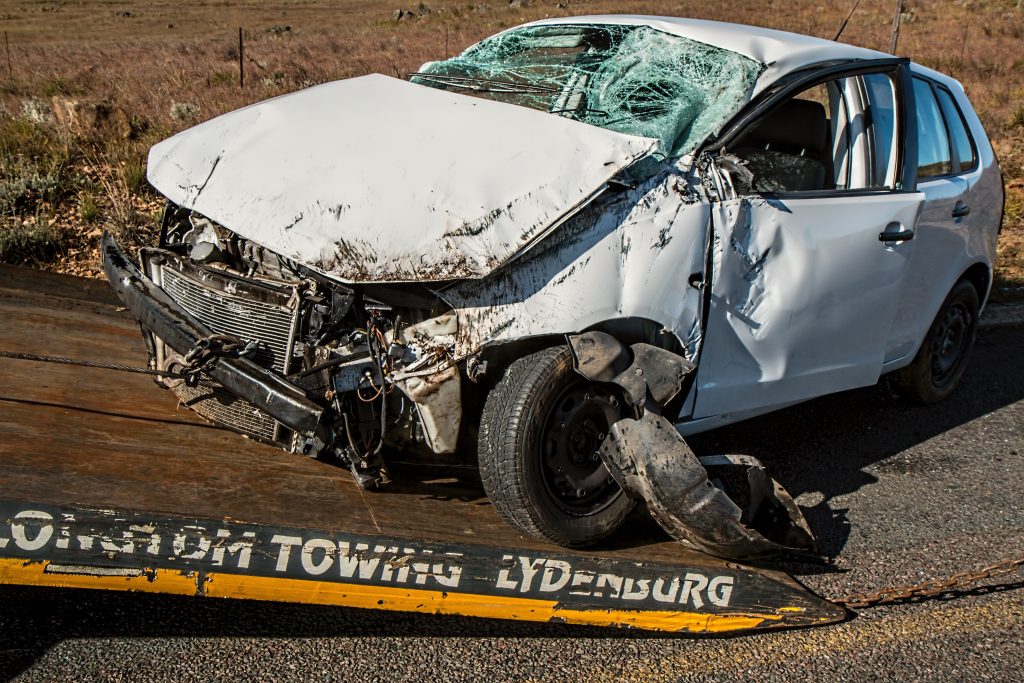 What happens when a motorist is injured in an automobile accident while operating a vehicle owned by an employer? While Louisiana law often permits named insured employees to receive reciprocal coverage under an employer’s insurer, insurance law is a complex and, at times, unclear field, especially in relation to uninsured/underinsured motorist coverage. In the case of Chris Loudermilk of New Roads, Louisiana, the Louisiana First Circuit Court of Appeal felt that Loudermilk was not permitted to recover under the language of his employer’s insurance policy.
What happens when a motorist is injured in an automobile accident while operating a vehicle owned by an employer? While Louisiana law often permits named insured employees to receive reciprocal coverage under an employer’s insurer, insurance law is a complex and, at times, unclear field, especially in relation to uninsured/underinsured motorist coverage. In the case of Chris Loudermilk of New Roads, Louisiana, the Louisiana First Circuit Court of Appeal felt that Loudermilk was not permitted to recover under the language of his employer’s insurance policy.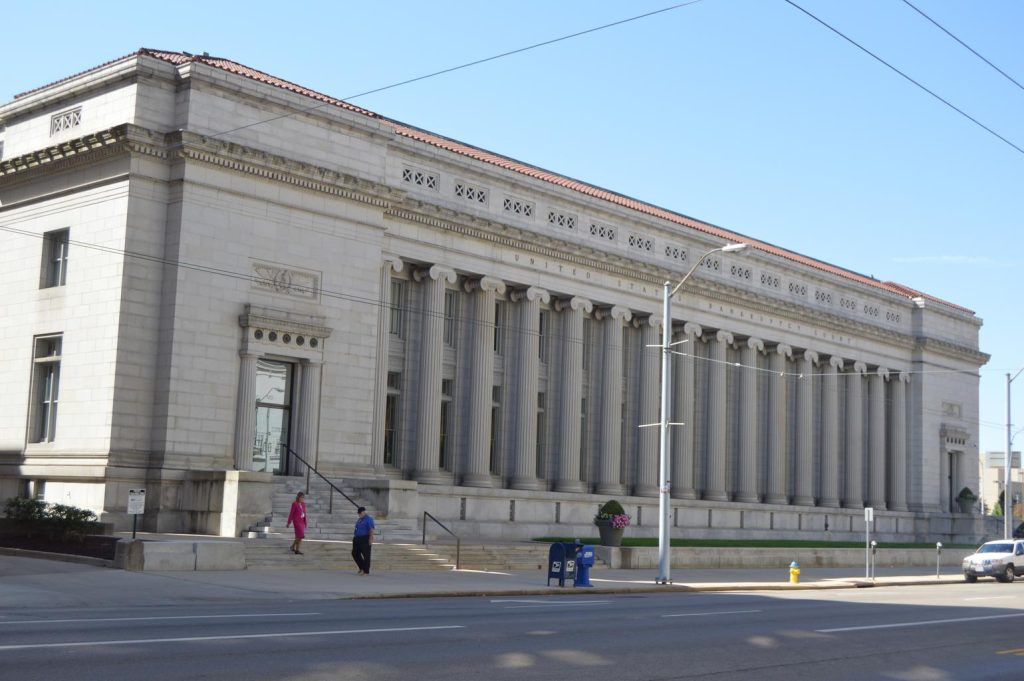 When there’s no other option, bankruptcy is an effective tool to shield you from your creditors. But often, those filing bankruptcy do not consider how intrusive a bankruptcy can be. After filing bankruptcy, your remaining assets are put under a microscope by the bankruptcy trustee. Every transaction you make while in bankruptcy, and 90 or more days beforehand, are scrutinized, questioned, and may even be reversed.
When there’s no other option, bankruptcy is an effective tool to shield you from your creditors. But often, those filing bankruptcy do not consider how intrusive a bankruptcy can be. After filing bankruptcy, your remaining assets are put under a microscope by the bankruptcy trustee. Every transaction you make while in bankruptcy, and 90 or more days beforehand, are scrutinized, questioned, and may even be reversed. 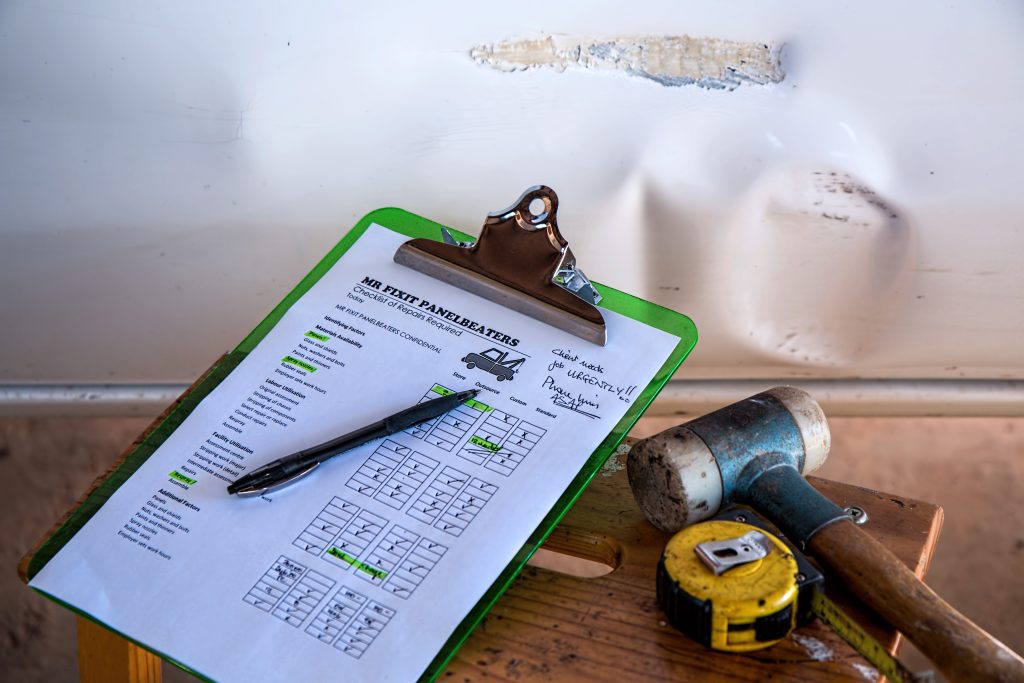

 In the wake of Hurricane Ida, there will be hundreds of thousands of insurance claims. Insurance companies will be overrun, but that’s no excuse for those companies to fail to pay your claims timely. Unfortunately, that’s not always how claims are handled.
In the wake of Hurricane Ida, there will be hundreds of thousands of insurance claims. Insurance companies will be overrun, but that’s no excuse for those companies to fail to pay your claims timely. Unfortunately, that’s not always how claims are handled. In a civil case, you do not have the classic “speedy trial” right. Instead, courts will seek expediency by granting summary judgments when appropriate. The purpose of summary judgment is to avoid frivolous and unnecessary trials, or at a minimum, to simply reduce trial time by dispensing of some claims. A motion for summary judgment may be granted upon a finding that there is “no genuine issue as to material fact and that the mover is entitled to judgment as a matter of law.”
In a civil case, you do not have the classic “speedy trial” right. Instead, courts will seek expediency by granting summary judgments when appropriate. The purpose of summary judgment is to avoid frivolous and unnecessary trials, or at a minimum, to simply reduce trial time by dispensing of some claims. A motion for summary judgment may be granted upon a finding that there is “no genuine issue as to material fact and that the mover is entitled to judgment as a matter of law.”  The equivalence of “dotting the i’s and crossing the t’s” in the law is making sure to comply with court procedural rules. One such basic civil court procedure rule is proper service. Proper service is critical in establishing that a court has legal jurisdiction over a defendant. The defendant has a right to know that they are being sued, and they have the right to be present at any hearing or to appear through an attorney. Without proper service, a court may dismiss a lawsuit. One can have a valid and strong claim for a lawsuit, but without proper compliance with court rules, the case may never even be heard. The importance of following procedure is highlighted in this Workers’ Compensation case heard in the Louisiana Fourth Circuit Court of Appeals.
The equivalence of “dotting the i’s and crossing the t’s” in the law is making sure to comply with court procedural rules. One such basic civil court procedure rule is proper service. Proper service is critical in establishing that a court has legal jurisdiction over a defendant. The defendant has a right to know that they are being sued, and they have the right to be present at any hearing or to appear through an attorney. Without proper service, a court may dismiss a lawsuit. One can have a valid and strong claim for a lawsuit, but without proper compliance with court rules, the case may never even be heard. The importance of following procedure is highlighted in this Workers’ Compensation case heard in the Louisiana Fourth Circuit Court of Appeals. Summary judgments are a common tool in litigation to not only expedite the drawn out trial process, but they can also be used to cut down on the cost of a lawsuit. Yet, there are different standards about what kinds of documents can and cannot be considered when a party makes a motion for summary judgment. For two Baton Rouge individuals, their claims against an insurance company survived because of this technicality.
Summary judgments are a common tool in litigation to not only expedite the drawn out trial process, but they can also be used to cut down on the cost of a lawsuit. Yet, there are different standards about what kinds of documents can and cannot be considered when a party makes a motion for summary judgment. For two Baton Rouge individuals, their claims against an insurance company survived because of this technicality.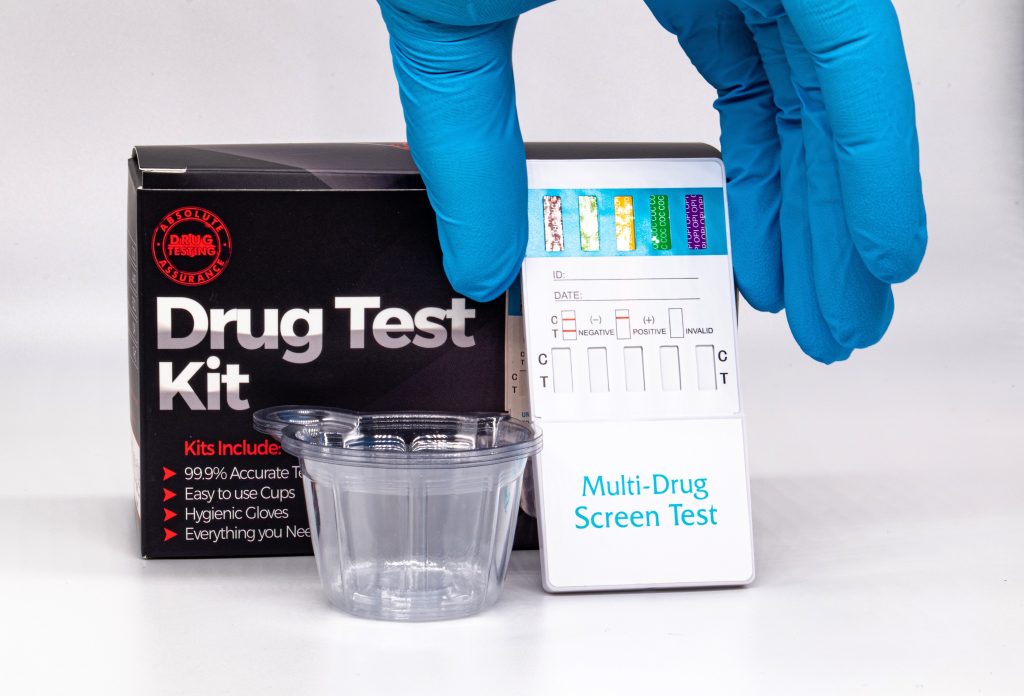 On TV, lawyers are often shown dramatically acting out speeches in courtrooms and confronting witnesses. Those litigators do often have to speak and cross examine individuals, but in reality, much of an attorney’s role is to make sure the procedural and pleading aspects of a lawsuit are done correctly. Some of this procedure is based on a strategy of knowing what court to file a claim in in order to gain the best opportunity for recovery for your client. A St. Mary Parish School crossing guard’s lawsuit was dismissed when the court found that he had already filed an identical claim which had been dismissed.
On TV, lawyers are often shown dramatically acting out speeches in courtrooms and confronting witnesses. Those litigators do often have to speak and cross examine individuals, but in reality, much of an attorney’s role is to make sure the procedural and pleading aspects of a lawsuit are done correctly. Some of this procedure is based on a strategy of knowing what court to file a claim in in order to gain the best opportunity for recovery for your client. A St. Mary Parish School crossing guard’s lawsuit was dismissed when the court found that he had already filed an identical claim which had been dismissed.